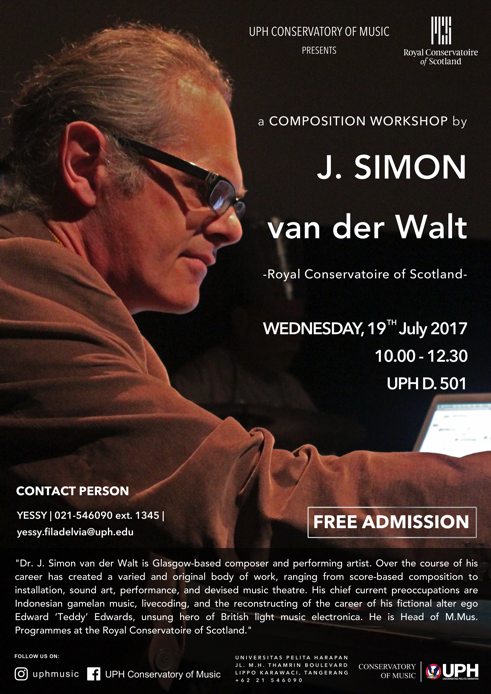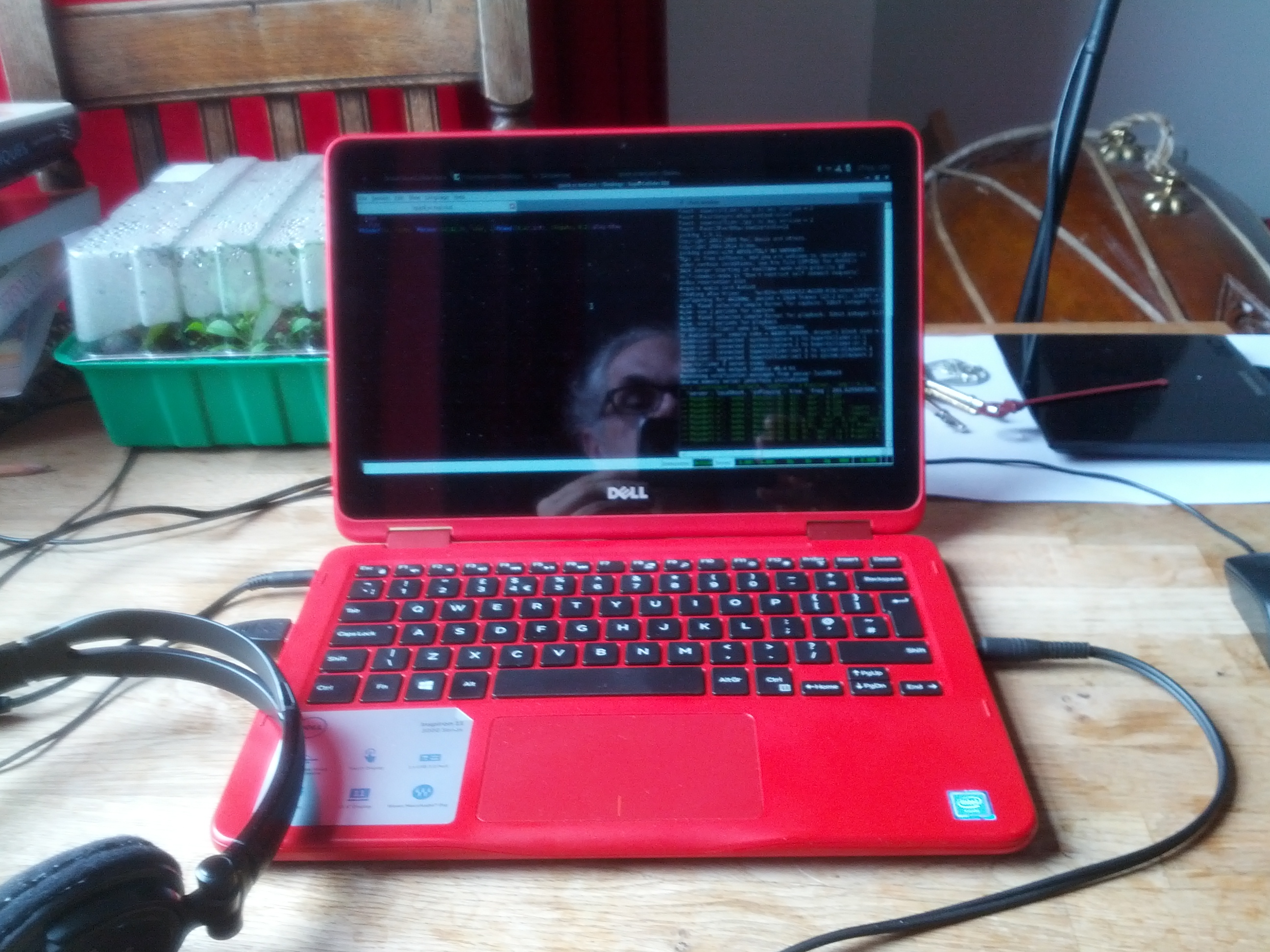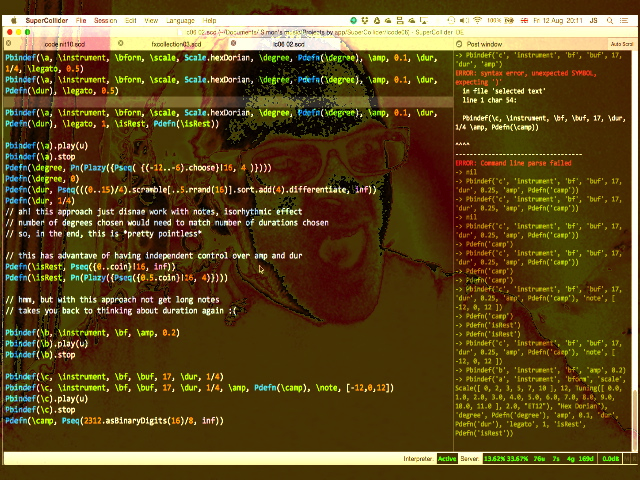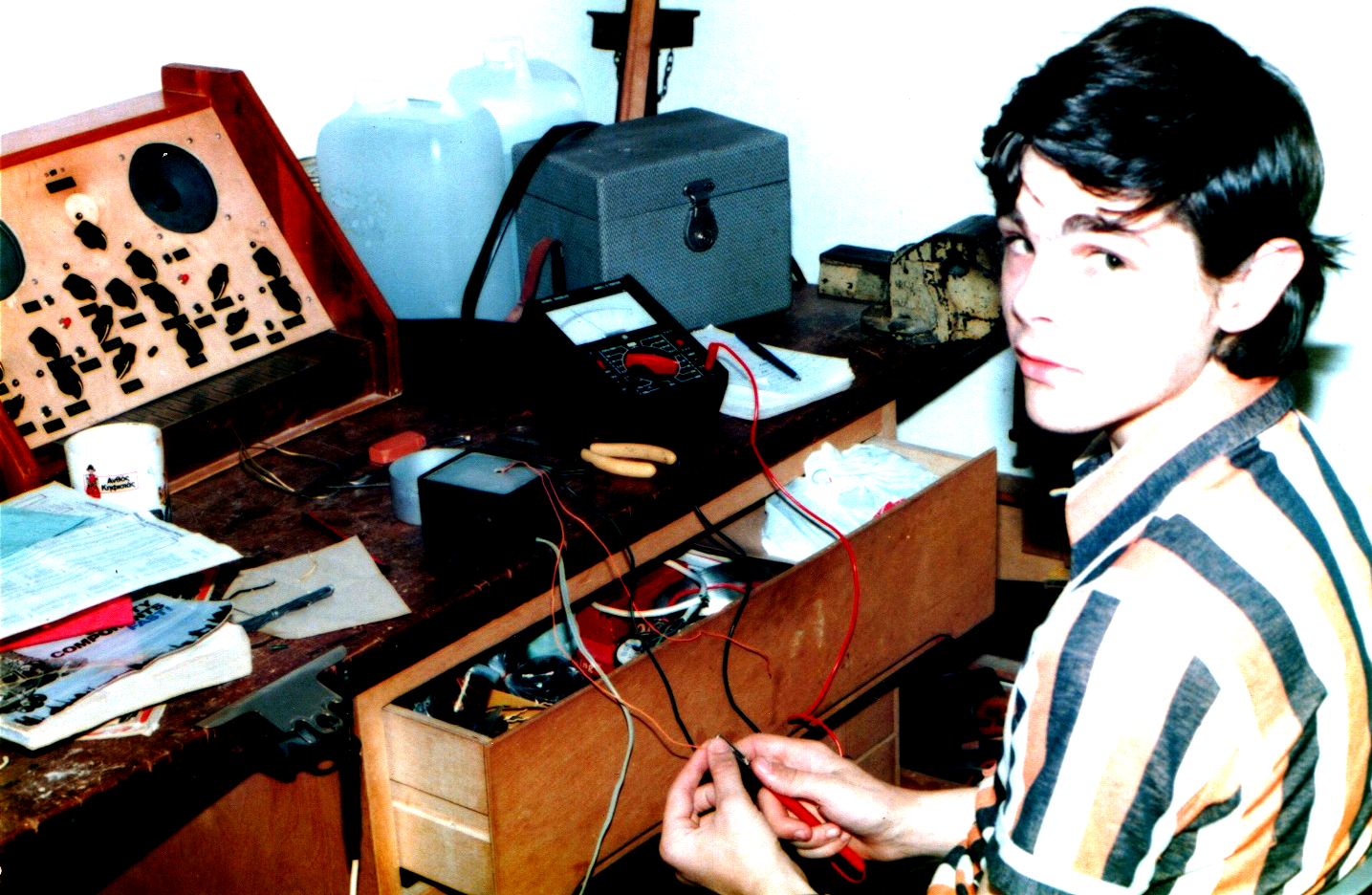Giving a workshop in Jakarta
My institution, The Royal Conservatoire of Glasgow, have sent me on a trip to make connections with a number of potential partners in Indonesia, including the UPH Conservatory of Music, the Jakarta Institute of Arts (IKJ), and Institut Seni Indonesia Surakarta (ISI Solo). I'll also be visiting Singapore to see Setan Jawa, and talk to the producers about bringing this to Glasgow for a Festival of Gamelan and the Moving Image that we are planning here for September.
Here's the poster for a workshop I'll be giving at UPH, that will take in a livecoding demo and a performance of Steadily-Stop! alongside an analysis of Antichthon.



